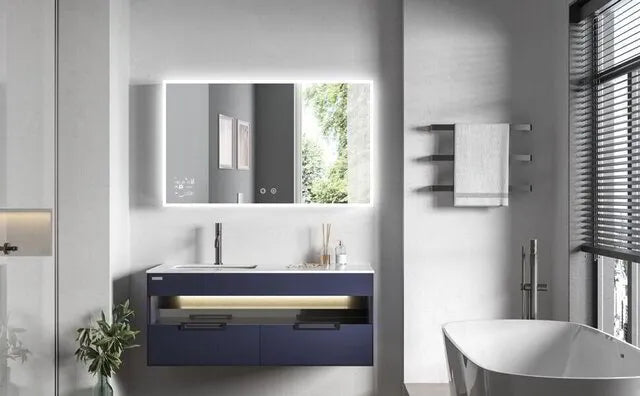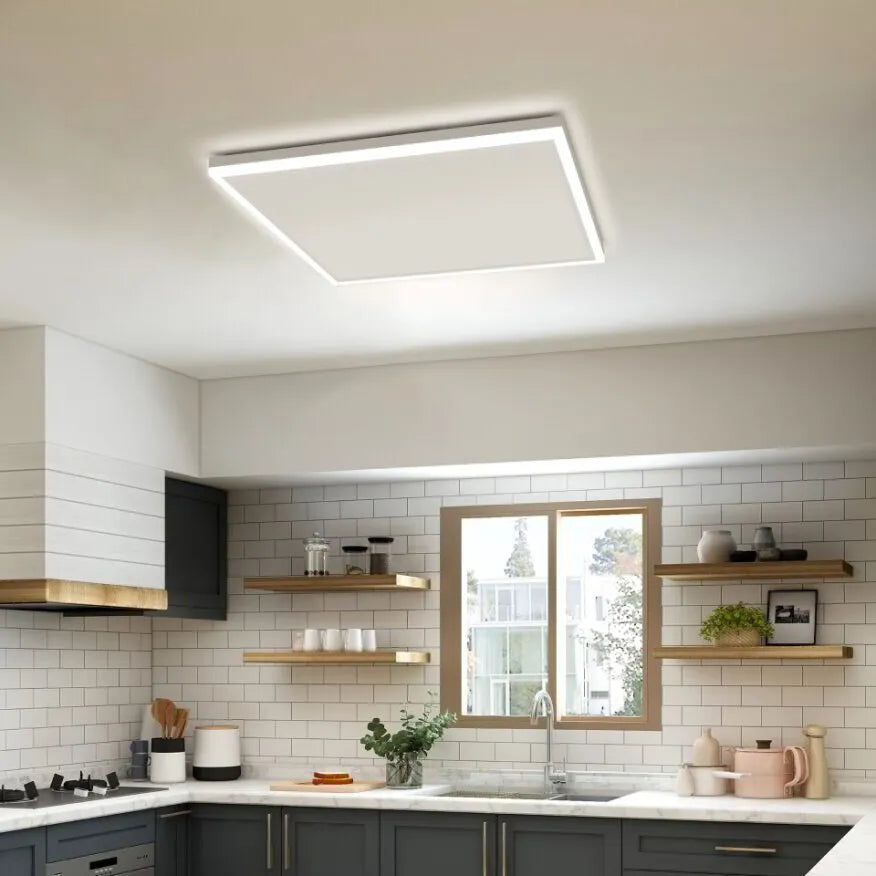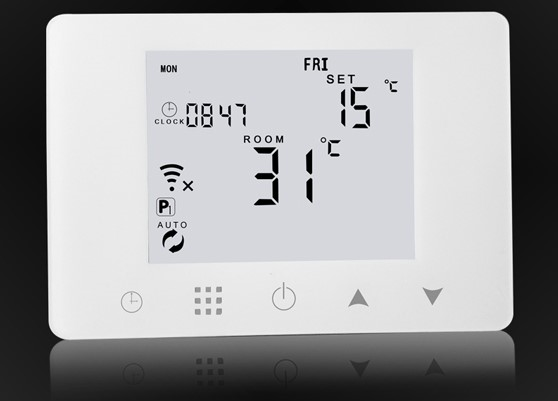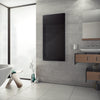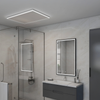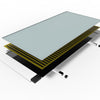The Real Pros and Cons of Infrared Heating

What Does Infrared Heating Entail?
Infrared heating is a system that directly heats objects and people, similar to the warmth of the sun. It uses infrared rays to transfer heat and can be installed on walls, ceilings, or as freestanding movable infrared panels for localized application.
With electricity as its energy source and a thermostat for control, infrared heating ensures a comfortable and even temperature in the space.
#### The Proven Benefits of Infrared Panels:
Infrared heating is a modern and efficient way of heating, offering several advantages over traditional methods. Here are the five key benefits:
1. **No Unwanted Air Circulation:**
- Infrared panels heat objects and people directly, avoiding air circulation. This contributes to a healthy environment, especially beneficial for those with respiratory issues. They provide comfortable warmth without drying the air or causing drafts, ideal for individuals sensitive to air movement.2. **Easy Installation:**
- Infrared panels can be easily mounted on ceilings or walls. They connect to the electrical grid via a socket, and the hanging system ensures secure installation. Installation is quick and requires minimal renovation, suitable for both residential and commercial buildings.3. **Attractive Design:**
- With a sleek, contemporary design, infrared panels seamlessly blend into any interior. Available in various colors and finishes, these panels can be discreetly placed without occupying valuable space.4. **Energy-Efficient Heating:**
- Infrared panels consume less electricity than traditional systems because they radiate heat directly to objects and people, without energy loss to heating the air. This results in lower energy bills and makes infrared panels an environmentally friendly choice.5. **Durability and Longevity:**
- Infrared panels have a long lifespan and require minimal maintenance. Made from durable materials, they are robust and resistant to wear. This makes infrared heating a long-term investment, contributing to a sustainable living environment through energy efficiency.#### Potential Drawbacks of Infrared Panels:
Like any heating system, infrared panels have a few potential drawbacks:
1. **Proper Positioning is Crucial:**
- Correct sizing of infrared panels is essential for optimal heat distribution in the space. Incorrect sizing can lead to overheating or inadequate heat output. Proper positioning is critical for even heating and to avoid shadowed areas.2. **Challenges with Electrical Wires:**
- Electrical wires can be visually unappealing with infrared heating systems. Concealing these wires can sometimes be challenging, although solutions like cable ducts or integration into walls or floors are available.3. **Possibly Insufficient Power:**
- Estimating the required power can be tricky, sometimes resulting in insufficient heating capacity. Infrared heating may run continuously without reaching the desired temperature. It's important to determine whether the infrared heating is used as primary or supplementary heating, with supplementary heating focused on enhancing comfort. Minimum required power is expressed in wattage per cubic meter.In summary, while infrared heating offers significant advantages such as efficient energy use, targeted warmth, and minimal maintenance, careful consideration of installation and sizing is necessary to maximize its benefits and address potential challenges effectively.
